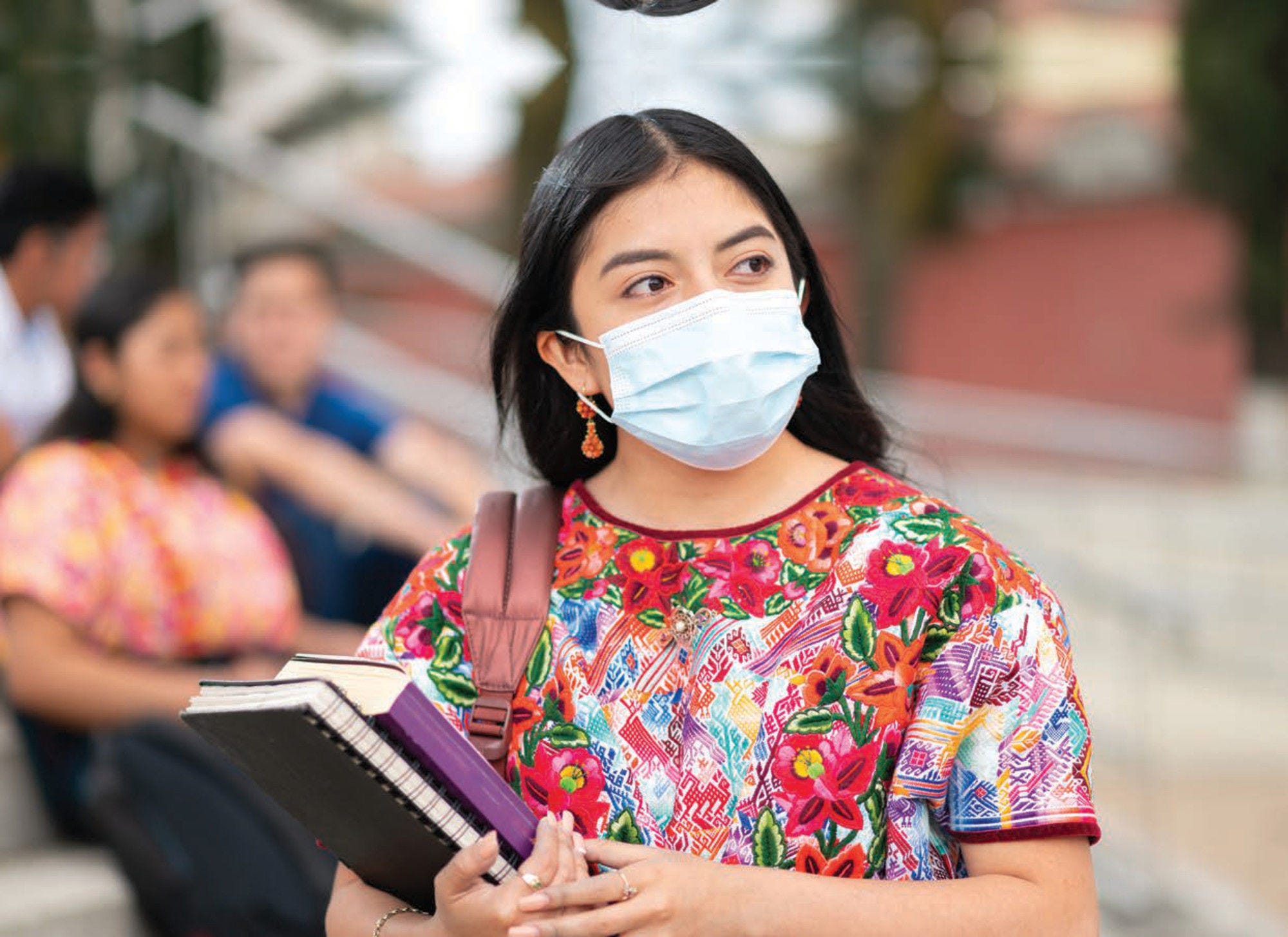Adolescence is a fundamental transitional phase in human development as it represents a change from childhood to physical, psychological, and social maturity. During this period, adolescents learn and develop knowledge and skills to deal with critical aspects of their health and development while their bodies mature. Adolescent girls, especially younger girls, are particularly vulnerable because they face the risks of premature pregnancy and childbirth (UNICEF, 2017[1]). In the present, there are two clear transitions regarding adolescent population: demographic transition, with an increase in the number of adolescents (aged 10‑24 years) from 1.53 billion in 1990 to 1.8 billion in 2016; and epidemiological transition, which has seen a decrease in the number of countries classified as multi-burden moving to be classified as NCDs predominant (Weiss and Ferrand, 2019[2]).
Risk factors for NCDs, the leading cause of premature adult deaths, are often acquired in adolescence. Overweight and obesity are one these key risk factors. In LAC, the median BMI for females is of 22.5, and for males it is of 21.7, both above the OECD averages of 21.8 for females and 21.4 for males (Figure 4.9). Countries like Bahamas and Chile exhibit mean BMI for females above 24, and mean BMI for males above 23, while Cuba, Guyana, and Trinidad Tobago are the only countries in LAC that have lower mean BMIs for both male and female adolescents than the respective OECD averages.
In addition, interpersonal violence is another issue that affects adolescents in the region, and especially males. Venezuela, El Salvador and Brazil have rates above 90 deaths per 100 000 population for male adolescents aged 15‑19, both above the LAC average at 33 and the OECD average at less than 10. Peru, Cuba, Antigua and Barbuda, Grenada and Chile are the only countries in the region below the OECD average. For male adolescents aged 10‑14 the death rates are notably lower than for those aged 15‑19, however countries like El Salvador have a death rate due to interpersonal violence for this group that is almost ten times higher than the OECD average at 1.1 (Figure 4.10).
Another key issue for adolescents worldwide is the high prevalence of pregnancies during youth. In LAC, the average adolescent birth rate is 53 births per 1 000 adolescent women, which is almost five times the rate observed in OECD countries, that stand in 12 births per 1 000 adolescent women (Figure 4.11). Notably, all LAC countries are situated above the OECD average. The highest adolescent birth rate is found in Nicaragua with 103 births per 1 000 adolescent women (1 out of 10 teenage girls will give birth), followed by Honduras with more than 97 births. On the other hand, Chile and Saint Lucia have the lowest adolescent birth rates in the region with 23 and 25, respectively.



